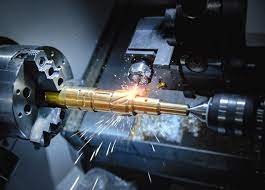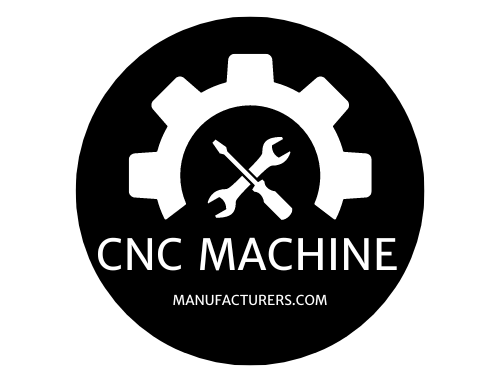CNC Machine Uses for Innovation and Design
CNC machines have an expansive list of uses. This technology can be found across industries from manufacturing to aerospace, and more. CNCs have

long been employed as part of automated production lines in order to produce more precise parts at lower costs; some common examples can be found in automotive, industrial automation systems, or home appliances.
A CNC machine operates by translating digital files into G-code, which then instructs it on how to operate. This allows a machine to work autonomously and produce more precise and consistent products with less direct supervision from humans. They are capable of carrying out tasks that would be challenging or impossible without these machines.
Most manufacturing industries feature an R&D division that tests out new technology and components, so creating prototypes quickly is essential to testing their designs and refining them effectively. CNC machines offer an ideal solution here; their fast production time enables engineers to easily identify design flaws more efficiently while quickly iterating on original ideas.
Precision is key when designing and testing new cars, planes, and railways. In order to keep passengers and cargo safe, manufacturers need functional prototypes that closely resemble the final product in order to test designs and identify any issues with fitment of parts or assembly of vehicles and trains. CNC machines are the only technology capable of creating these functional models quickly and accurately.
CNC machines offer more precision than human hands, and can work with various materials ranging from metals such as copper and stainless steel alloys, aluminum alloys, titanium, plastics such as acetal PEEK polycarbonate nylon nylon and composites such as fiberglass carbon fiber epoxy etc.
CNC machines can be utilized for many different tasks, but one unique use case is marking surfaces with unique serial numbers or information using pin stamping – an electrically powered pin stamps (or peens) closely spaced, high precision dots onto a part surface – this technique can be used to mark serial numbers, alphanumeric text, logos and 2D Data Matrix codes.
CNC machining and 3D printing are complementary processes, while BoXZY’s unique combination of subtractive and additive technologies shows why. Users can create both subtractive and additive layers simultaneously for complex structures; it is highly versatile with adaptable tooling and software options to meet any need; additionally it features an innovative cooling system to prevent overheating while keeping performance at an optimum level; making this piece of equipment indispensable to companies doing a lot of subtractive and additive machining simultaneously.
